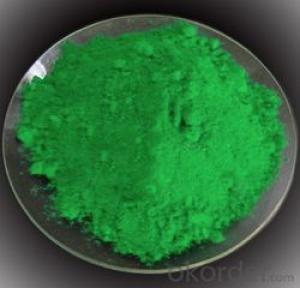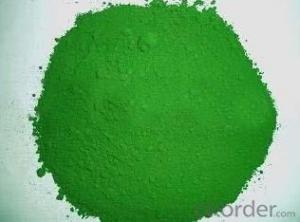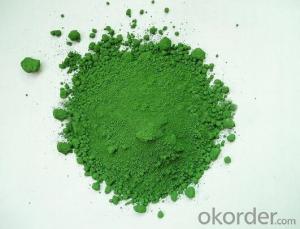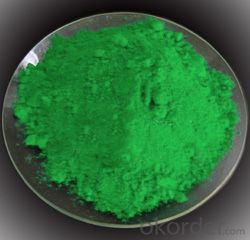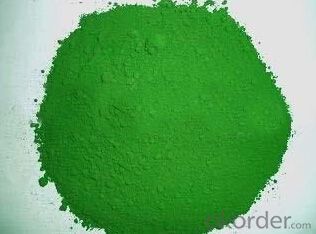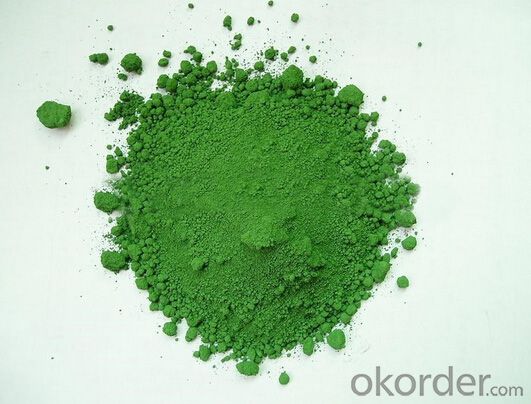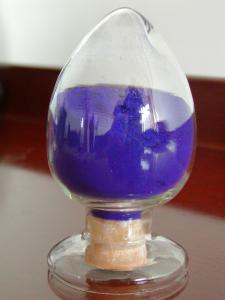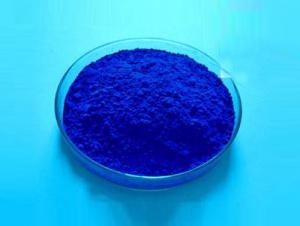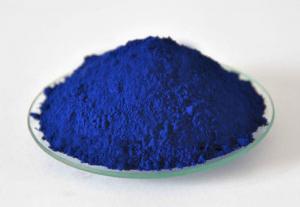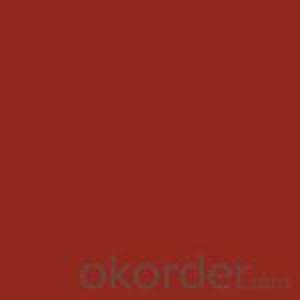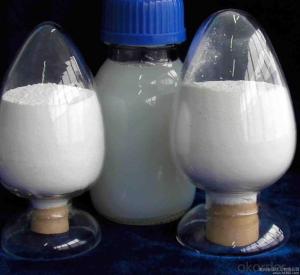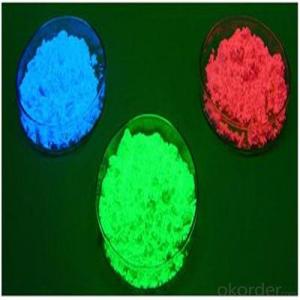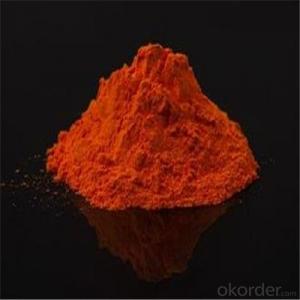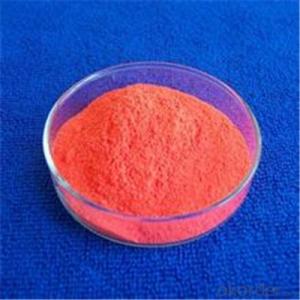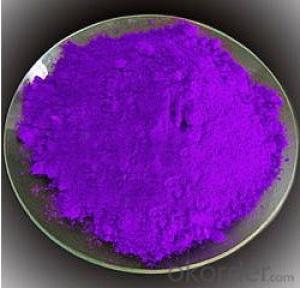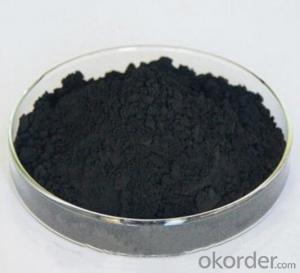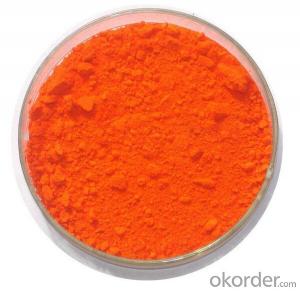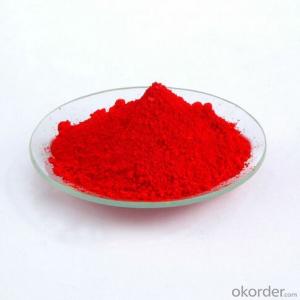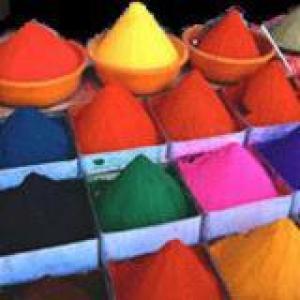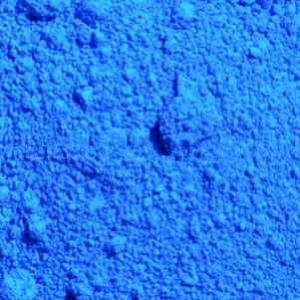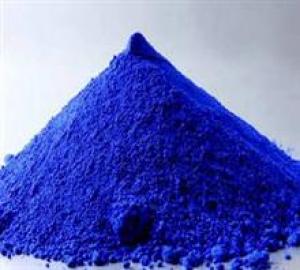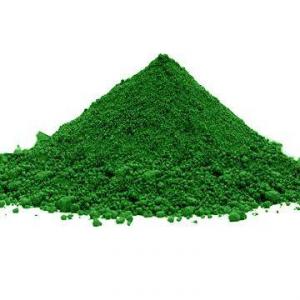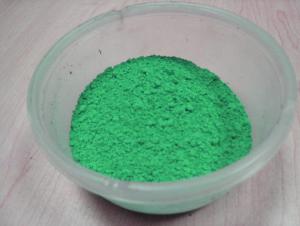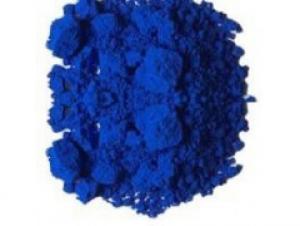Cobalt Green Pigment Organic Pigment Powder
- Loading Port:
- Tianjin
- Payment Terms:
- TT OR LC
- Min Order Qty:
- 500 kg
- Supply Capability:
- 6000000 kg/month
OKorder Service Pledge
OKorder Financial Service
You Might Also Like
Cobalt Green Specifications
- Cobalt Green
- Best quality
- Fast delivery
- Factory offer
- Free sample
Cobalt Green Product Inforamtion:
Chemical Name: Cobalt Titanate Green Spinel
Chemical Composition: Co/Ti/Ni/Zn Oxide
Color Index Name: Pigment Green 50 /P.G.50
Color Index Number: 77377
CAS Number: 68186-85-6
Physical Form: Green Powder
Crystal Pattern: Spinel Pattern
Cobalt Green Product Characteristics:
Pigment Green 50 is a bright color with yellowish green, it is also one kinds of environmental protection pigments, which is internationally recognized as non-toxic pigments. It is easy to disperse, with excellent heat resistance,lightfastness, weather resistance, acid & alkali resistance and high infrared reflectivity.
Cobalt Green Applications:
It can be used in coil coatings, powder coatings, automobile coatings, outdoor architectural coatings, camouflage coatings, painting coatings, road sign coatings, as well as engineering plastics, general plastics, toys plastics, food packaging plastics, printing ink, color masterbatch, and other building materials,such as high-performance industrial coating, cement, concrete, roofing materials, as well as ceramics, etc.
Cobalt Green Main Technical Data:
Heat Resistance: ≥1000°C
Light Resisrtance(Grade 1-8): 8
Weather Resisrance(Grade 1-5): 5
Acid Resistance(Grade 1-5): 5
Alkali Resistance(Grade 1-5): 5
Oil Absorption: 16-20g/100g
Density: 4.01-5.01 g/cm3
PH: 6-9
Mean Particle Size: 1.1-2.5 µm
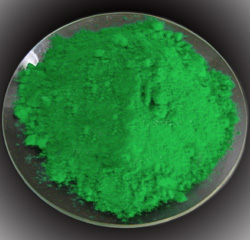

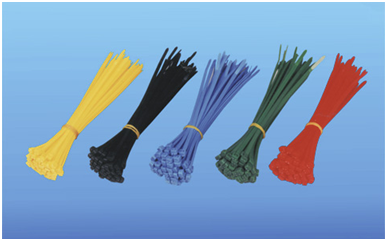
- Q: (Explain what happens when a pigment molecule is struck by electromagnetic radiation in the visible light spectrum.)
- pigments are molecules that absorb electromagnetic radiation. For example, the chlorophyll pigment in plants absorbs blue and red light, which is why they reflect green light (since green is the color not absorbed). Another example is melanin, which is the pigment that darkens the skin of people. Melanin absorbs UV to protect the skin. A pigment molecule struck by EM radiation in the visible region may absorb some of the light depending on what pigment it is.
- Q: why light and pigments are different?
- A pigment is a material that changes the color of reflected or transmitted light as the result of wavelength-selective absorption. This physical process differs from fluorescence, phosphorescence, and other forms of luminescence, in which a material emits light. Many materials selectively absorb certain wavelengths of light. Materials that humans have chosen and developed for use as pigments usually have special properties that make them ideal for coloring other materials. A pigment must have a high tinting strength relative to the materials it colors. It must be stable in solid form at ambient temperatures. For industrial applications, as well as in the arts, permanence and stability are desirable properties. Pigments that are not permanent are called fugitive. Fugitive pigments fade over time, or with exposure to light, while some eventually blacken. Pigments are used for coloring paint, ink, plastic, fabric, cosmetics, food and other materials. Most pigments used in manufacturing and the visual arts are dry colourants, usually ground into a fine powder. This powder is added to a vehicle (or binder), a relatively neutral or colorless material that suspends the pigment and gives the paint its adhesion.
- Q: I hear about it cause my Friend is albino and she was born with no pigments in her hair,skin or eyes
- then she is natural coz she is not using any substances to colour or paint....
- Q: wut is the diff between those 2?
- pigments are loose powder and they stay for longer even the colour looks brighter than eyeshadows.
- Q: How are plant pigments like teammates on a sports team? And What is the goal of their teamwork??
- WELL to be exact cuvette 2: to observe the role of photosynthesis with chromatin cuvette 3: to observe the role of photosynthesis with UV rays cuvette 4: to observe the stability of the chloroplasts cuvette 5: to observe the reaction of the H2O synthesis
- Q: What is pigment?
- Those are M.A.C. Pigments which are mineral powders that are very rich in color and shine. They can be used a myriad of ways and with so many different mediums. They can be used instead of eyeshadow or with it. It can go over creme based shadows. I have added M.A.C. pigments to body creme's, lip glosses, hair gels, nail polish (both clear and color). I've used them as highlighters for face and body. You can use them for virtually just about anything. They are one color when dry but tend to intensify when wet. It's a very versatile product. Lots of fun and tends to become a collectors item to many. For more on M.A.C. Pigments go to specktra / and register. It's basically a pro-M.A.C. site where you can even purchase samples of pigments. Hope you found this helpful, LR
- Q: i also need the color they are links would be great if you know a good one
- Photosynthesis Pigments
- Q: HW HELP THIS IS COMLPCATED
- They're right. Chlorophyll is the Only pigment in plant cells.
- Q: How are plant pigments involved in photosynthesis?
- Plant pigments - as other pigments - interact with light to absorb only certain wavelengths. In plants the different sorts of pigments are useful to absorb available wavelengths of light and enable photosynthesis in shadow, in bright sunshine, in deep sea etc.: each pigment reacts with only a narrow range of the spectrum, there is usually a need to produce several kinds of pigments, each of a different color, to capture as much as possible of the sun's energy.
Send your message to us
Cobalt Green Pigment Organic Pigment Powder
- Loading Port:
- Tianjin
- Payment Terms:
- TT OR LC
- Min Order Qty:
- 500 kg
- Supply Capability:
- 6000000 kg/month
OKorder Service Pledge
OKorder Financial Service
Similar products
Hot products
Hot Searches
Related keywords
